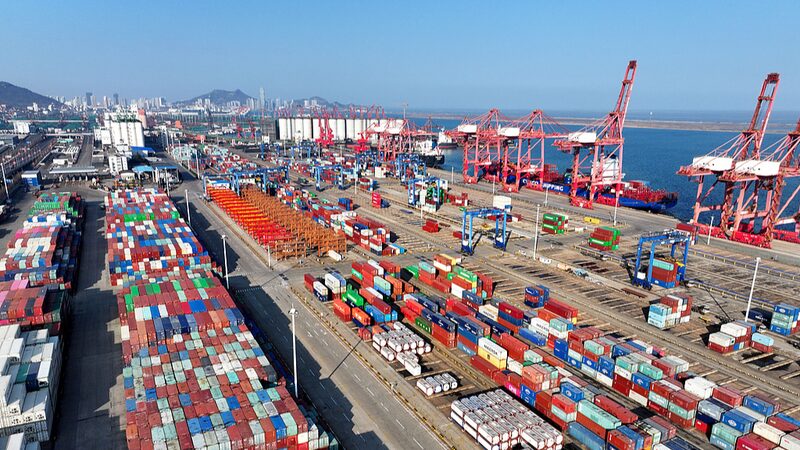As global trade tensions heat up and tech decoupling reshapes economies, China\u2019s \u201cnew development pattern\u201d is emerging as a blueprint for resilience. Introduced five years ago, this strategy prioritizes boosting domestic innovation while maintaining global ties – a balancing act that could offer lessons for emerging markets navigating today\u2019s stormy economic seas. 🌊
Why Go Dual-Circulation?
With protectionism impacting over 3% of global exports since 2009, China\u2019s approach leans into its massive 1.4 billion-consumer market. Think of it like powering up a \u201chomegrown engine\u201d 🚗💨 through sectors like new energy vehicles and AI, while keeping global trade doors wide open. Supply chain shakeups and U.S. tech restrictions have made this domestic focus crucial – like building stronger shock absorbers for economic bumps.
From Semiconductors to Smart Cities
The results? China\u2019s semiconductor self-sufficiency jumped from 15% in 2020, while projects like \u201ceast data, west computing\u201d are creating a digital infrastructure network tougher than your favorite meme stock\u2019s volatility chart 📊. Emerging industries – from quantum computing to cultural tourism – are now driving growth, proving you can\u2019t put innovation in a trade war straitjacket.
Blueprint for the Global South?
While anchoring its own economy, China\u2019s mix of internal momentum and international cooperation offers developing nations food for thought. As supply chains reconfigure like a giant game of musical chairs 🪑, strategies emphasizing tech upgrades and regional coordination might help others avoid getting caught in the crossfire of great-power competition.
One thing\u2019s clear: In a world where economic rules are being rewritten daily, flexibility might be the ultimate superpower. 💪✨
Reference(s):
Navigating global shifts and forging a path for emerging economies
cgtn.com




